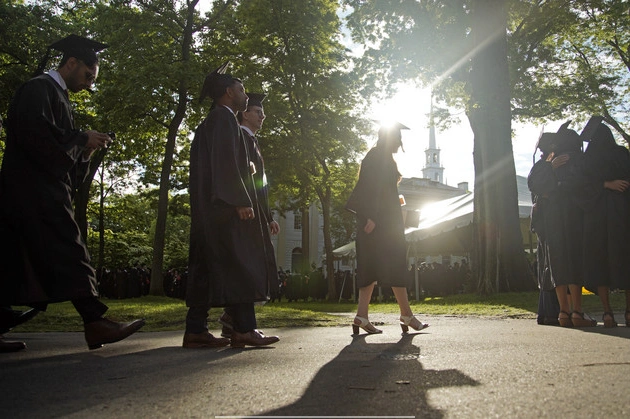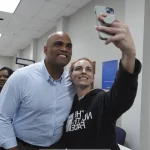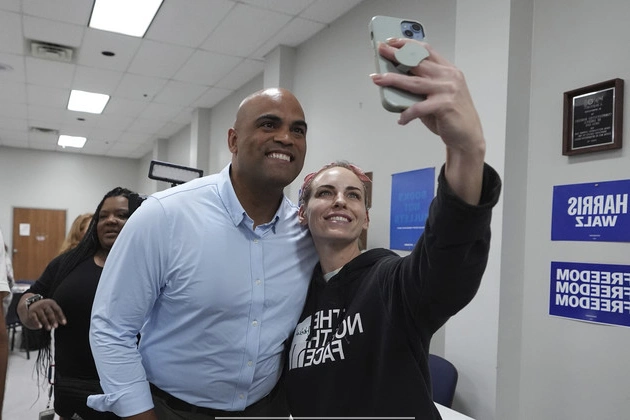
House Republicans have proposed changes to the Pell Grant program that could significantly impact millions of low- and middle-income students. The proposed adjustments aim to address a $2.7 billion shortfall in the program, but educators are concerned about the potential impact on student access to higher education.
Concerns Over Pell Grant Eligibility Rules
The proposed changes to Pell Grant eligibility rules could lead to stricter criteria for awarding the grants, potentially disqualifying a significant number of current recipients. College leaders, already grappling with other funding challenges, are rallying behind the Senate’s efforts to preserve the program in its current form.
Mark Brown, president of Tuskegee University, warned that the proposed Pell Grant reductions could force students to rely more on loans to finance their education. Major university systems, including California State University and California Community Colleges, have labeled the restrictions as an “existential threat” to higher education access.
According to Jay Rothman, president of the Universities of Wisconsin, the proposed changes could deter students from pursuing higher education, impacting both universities and technical colleges.
Senate’s Response and Proposed Changes
The Senate has put forth a less restrictive plan for the Pell Grant program, aiming to maintain the current eligibility criteria and funding levels. The Senate’s proposal emphasizes the importance of preserving student access to higher education without imposing overly stringent requirements.
Education Chair Bill Cassidy’s proposal in the Senate focuses on ensuring that students do not face barriers to receiving the full benefits of the Pell Grant. The Senate’s approach has garnered support from campus leaders and advocates who view it as a more favorable option compared to the House’s proposal.
Challenges and Future Outlook
Both the House and Senate proposals include measures to address the projected shortfall in Pell Grant funding. However, concerns persist about the long-term sustainability of the program and its impact on student access to higher education.
House Education and Workforce Chair Tim Walberg expressed reservations about the Senate’s plan but acknowledged the need to address the funding gap. The ongoing debate underscores the importance of finding a balance between fiscal responsibility and ensuring equitable access to education.
Ultimately, the future of the Pell Grant program hinges on the decisions made by lawmakers and the support from higher education institutions. Maintaining a robust financial aid system is crucial for enabling students from diverse backgrounds to pursue their academic goals.











